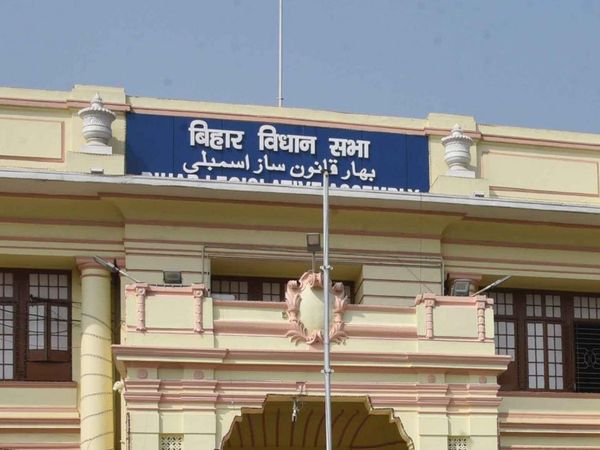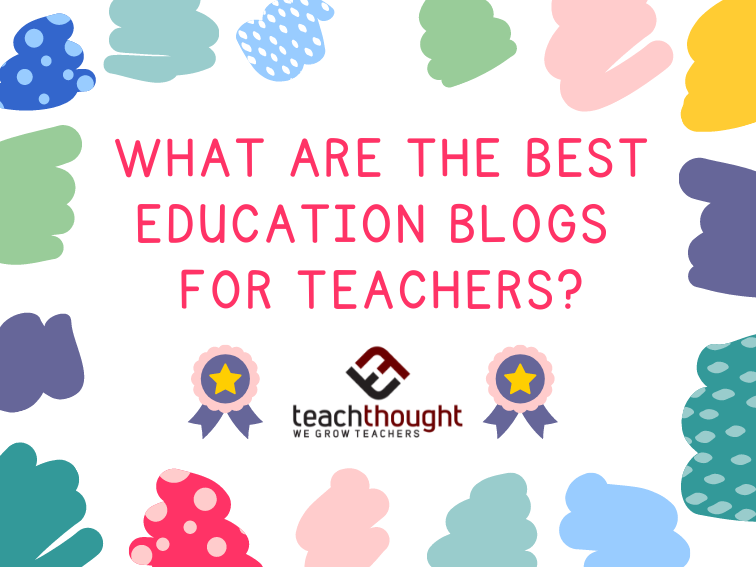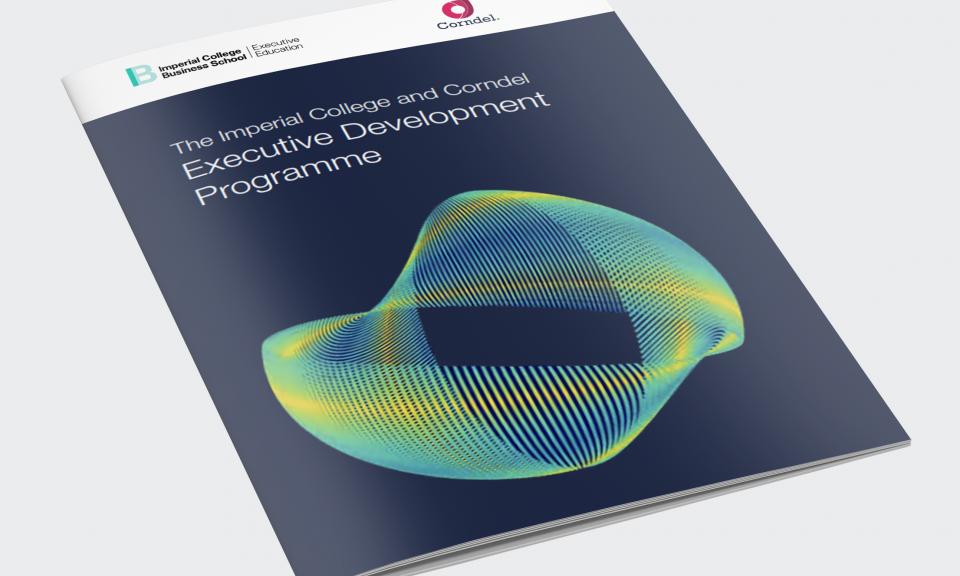
At IIM Ahmedabad, students of PGP (postgraduate) and PGPX (executive postgraduate) programmes recently learnt some valuable lessons from India’s ancient fables, the Panchatantra.
Leaving regular classes undisturbed the two-week course, conducted after dinner from 9 to 10.15 pm for 25 students, was non graded.
The management lessons were based on the understanding and interpretation of conflict in the Panchatantra. These were initiated on an experimental basis by Professor N Ravichandran, faculty in production and quantitative methods area at IIMA.
About 25 stories from the Panchatantra were discussed with five classes covering five different sections: Mitrabhedam, Mitrapraptikam, Kakolukiyam, Labdha Prasannam and Aparikshitakaram.
Elaborating on the theme, Prof Ravichandran said at the fundamental level, individual conflicts occurred due to differences in objectives and tactical measures led to conflict resolution. Conflict at philosophical/ ideological levels were enriching and intellectually stimulating. All parties gained by resolving ideological/ philosophical conflicts through deliberations and discussions.
Why Panchatantra? Because it provided an ideal vantage point for understanding conflicts involving individuals, philosophies, organisations or consciousness. “Stories in Panchatantra can be leveraged to provide useful clues to resolve all kinds of conflicts,” he said
The “next level of conflicts,” arose at junctures involving wealth creation opportunities. These conflicts translated into opportunities of market share, market accessibility and market domination for institutions created with an objective of stakeholder wealth creation. Organisations resolved these conflicts through dominant strategies, innovations, and creativity.
The “ultimate conflict” occurred at the level of an individual and his consciousness, resolution of which was necessary for the individual to lead a harmonious life. “Panchatantra provides an ideal vantage point for understanding conflicts involving individuals, philosophies, organisations or consciousness. Stories in Panchatantra can be leveraged to provide useful clues to resolve all kinds of conflicts,” he added.
The students came prepared with stories and the class was focussed on discussing differing interpretations of details in the story. “Prof. Ravichandran would bring in real-life examples from business world, academia and politics to impress the power of the stories on us,” says Balaji Uppala, media secretary of the institute who attended the classes.
[“source=hindustantimes”]
















